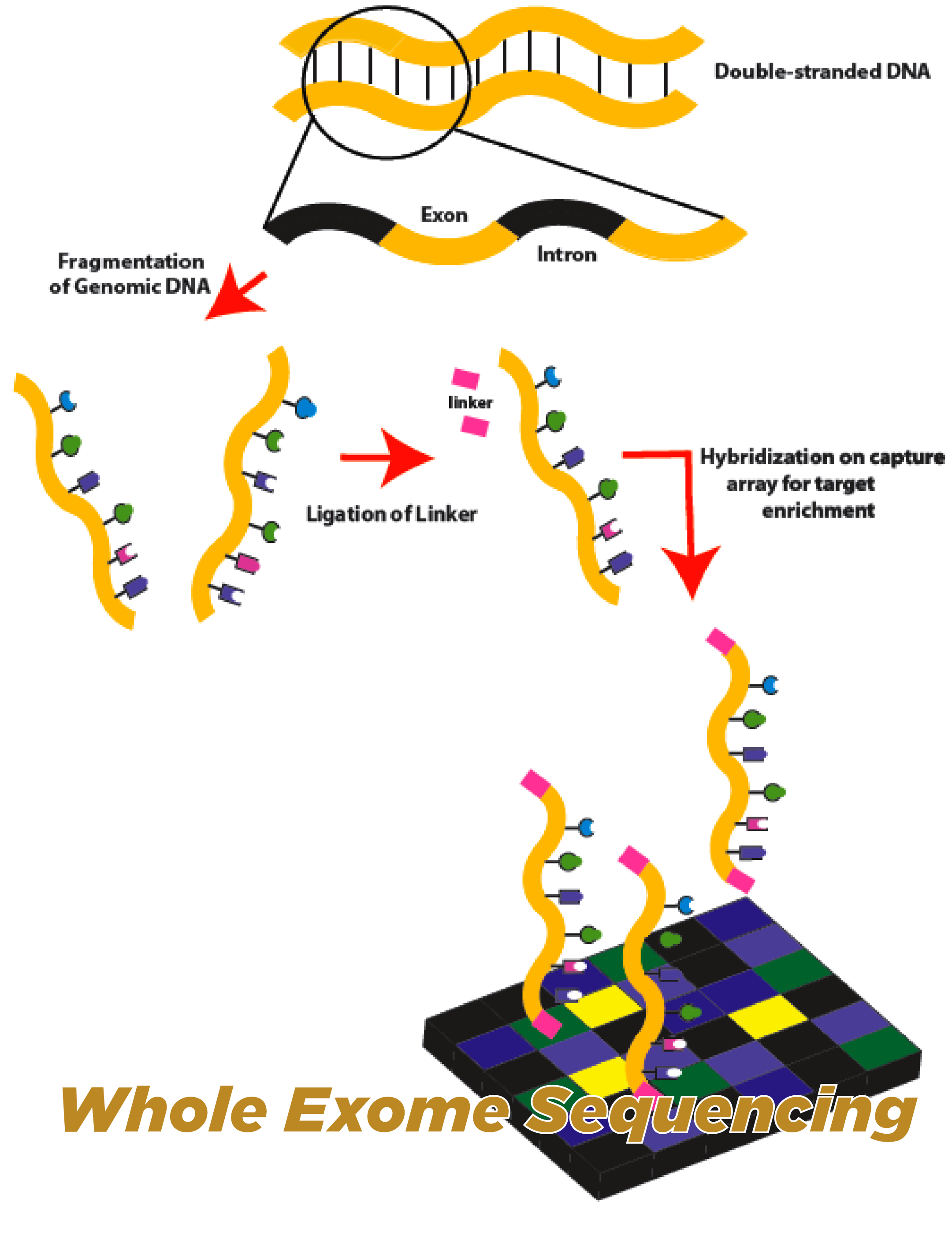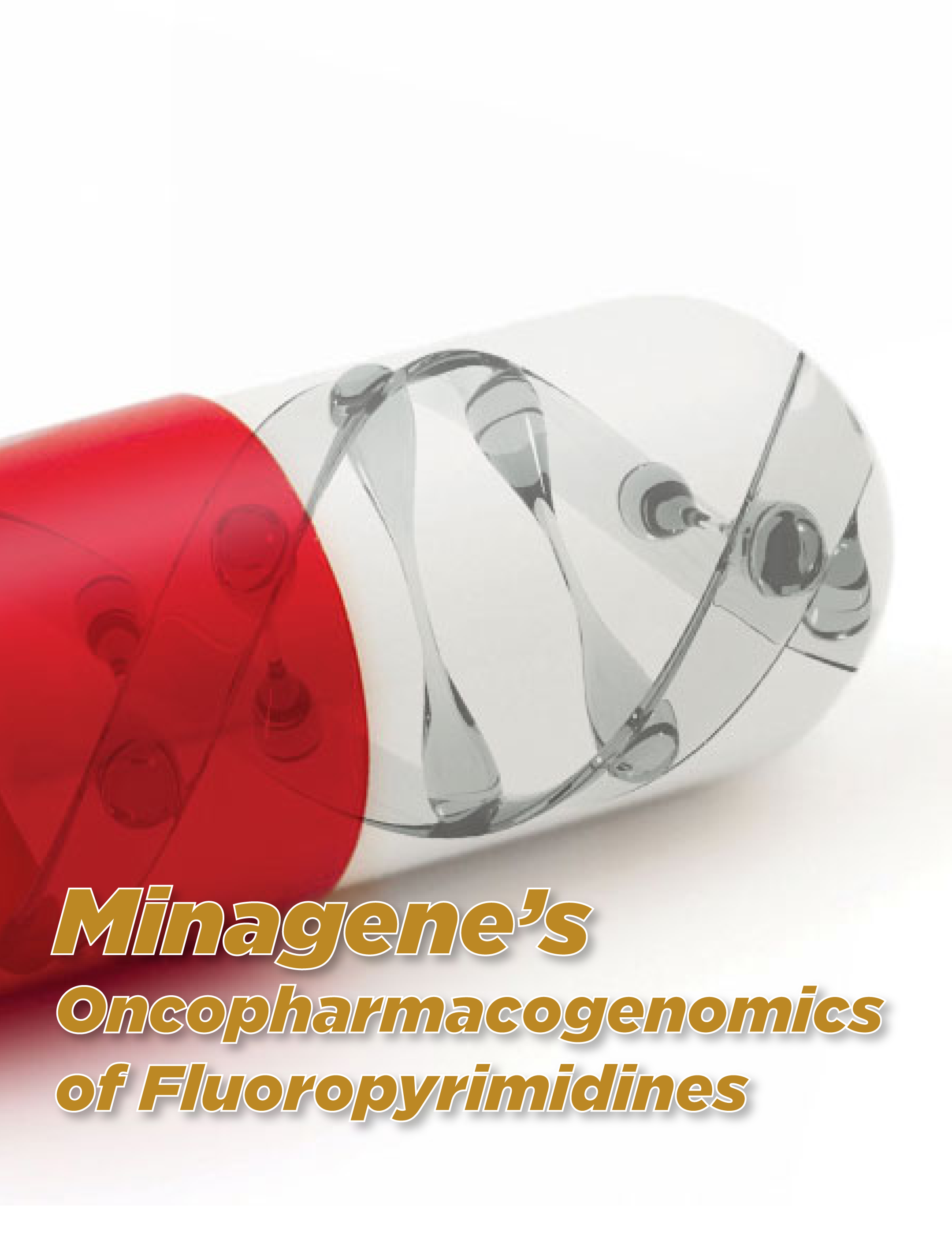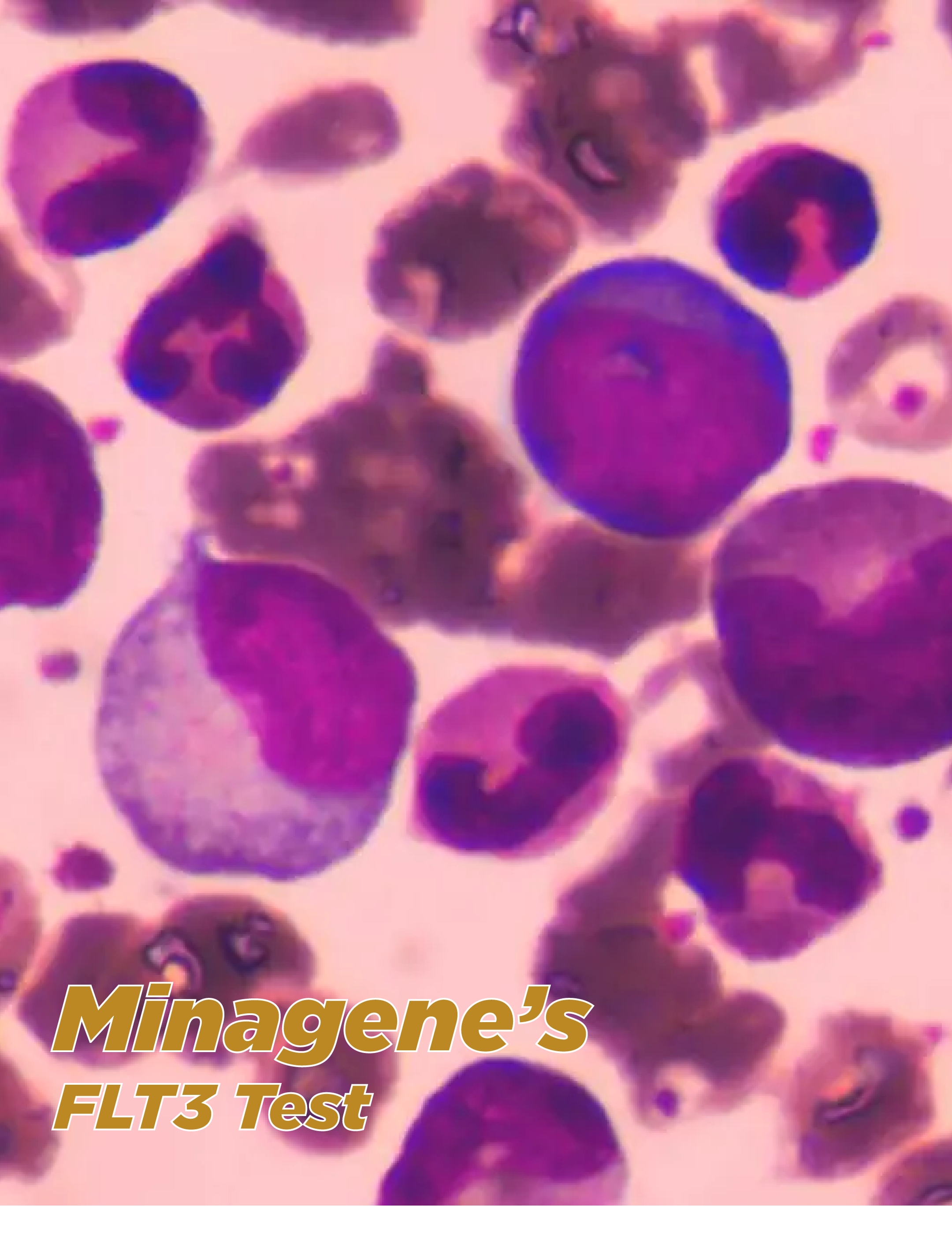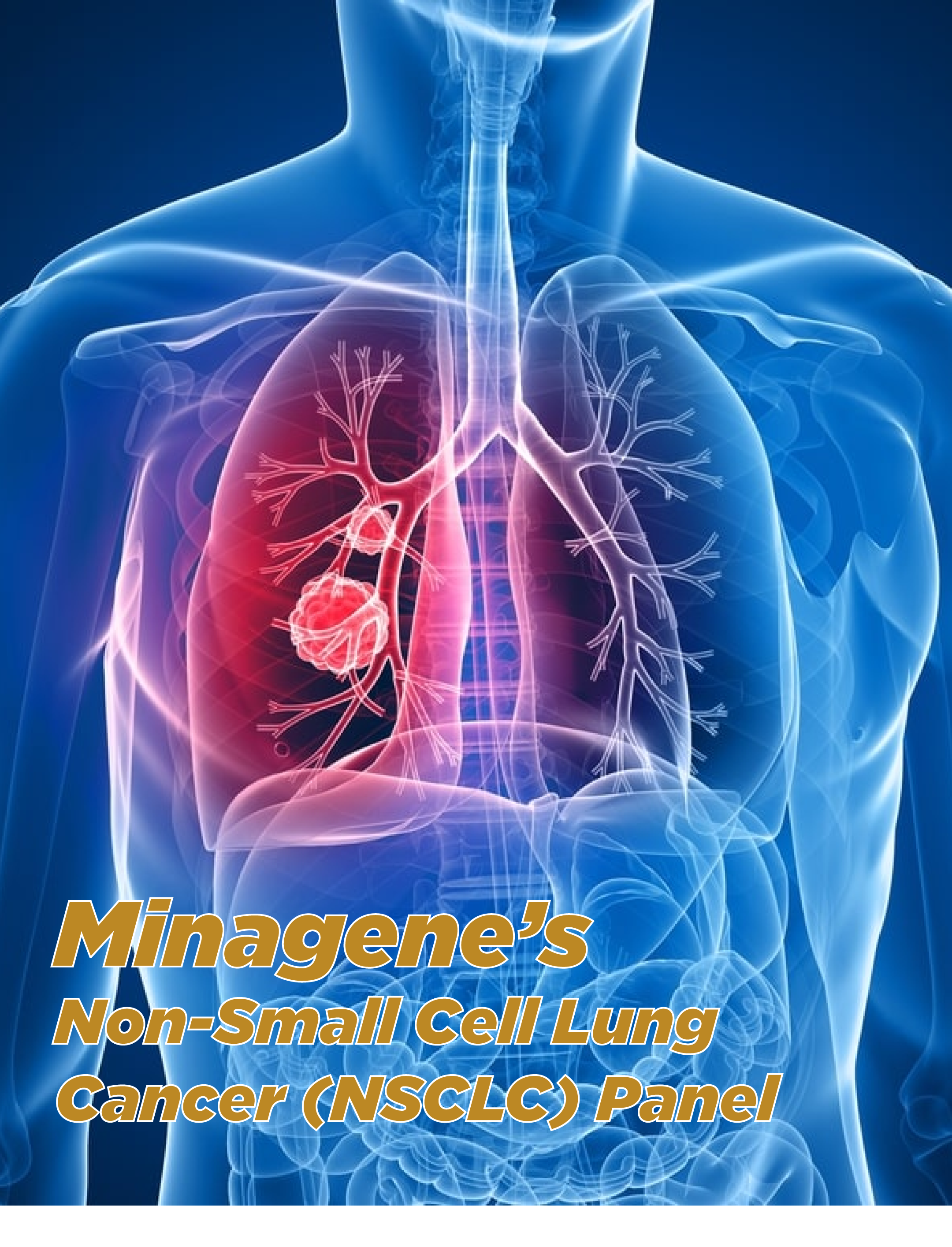
Overview
Minagene's ExomeMax is a comprehensive genetic evaluation tool designed to enhance diagnostic outcomes by providing improved coverage of disease-associated genes. With an inclusive design and expert augmentation, ExomeMax offers a thorough assessment of inherited disease genes, taking into account the constantly evolving genotype-phenotype associations in the field of genetics.
Key Highlights of Minagene's ExomeMax:
Key Highlights of Minagene's ExomeMax:
Enhanced Gene Coverage: ExomeMax includes coverage of alternate gene transcripts (MANE, GENCODE, REFSEQ), ensuring a comprehensive evaluation of disease-associated genes.
Non-Coding Pathogenic Variant Coverage: ExomeMax incorporates coverage of non-coding pathogenic variants sourced from HGMD/ClinVar, enabling a more thorough assessment of genetic variations.
Complete Mitochondrial Genome Coverage: ExomeMax provides 100% coverage of the mitochondrial genome, allowing for a comprehensive analysis of mitochondrial genetic disorders.
ML-Powered Variant Analysis: Variant analysis is powered by machine learning (ML) algorithms, ensuring robust and accurate interpretation of genetic variants. The results are reviewed by certified Clinical Geneticists, adding an additional layer of expertise.
Extensive Validation and Proficiency Testing: ExomeMax undergoes extensive validation and proficiency testing, including CAP proficiency testing, to ensure consistency, validity, and accuracy of the results.
Specialized Probes for Superior Detection: ExomeMax utilizes specialized probes that enhance the detection of single nucleotide variants (SNVs) and copy number variants (CNVs), improving the sensitivity and specificity of the test.
Panel Size and Coverage: ExomeMax covers a panel size of 47 Mb, encompassing over 20,000 genes and more than 210,000 exons.
When to Consider an ExomeMax Test:
Clinical Findings or Family History: ExomeMax should be considered when clinical findings or family history suggest an underlying genetic cause for a patient’s condition.
Genetically Heterogeneous Diseases: ExomeMax is valuable for screening genetically heterogeneous diseases, where multiple genes can contribute to the same disease or condition.
Undiagnosed Genetic Diseases: In cases of undiagnosed genetic diseases, where patients have undergone a diagnostic odyssey without a clear diagnosis, ExomeMax can provide valuable insights.
Medical Intervention and Treatment: ExomeMax can facilitate medical intervention and treatment planning based on the identified genetic variants.
Confirmation of Suspected Genetic Diagnosis: When there is a suspected genetic diagnosis, ExomeMax can confirm the presence of the suspected genetic variant.
Reproductive Planning and Recurrence Risk Assessment: ExomeMax aids in guiding reproductive planning by assessing the risk of recurrence for inherited conditions and providing valuable insights for family planning.
Prognosis and Family History: ExomeMax can contribute to determining prognosis based on family history, providing valuable information for disease management and treatment decisions.
ExomeMax undergoes requisite quality controls throughout the workflow, from laboratory sample processing to interpretation, ensuring consistency, validity, and accuracy of the results. The analytical sensitivity of ExomeMax is supported by NIST reference standard NA12878, with a high sensitivity for SNPs (99%) and Indels (96.2%). Copy number variant (CNV) pipeline is evaluated using orthogonally validated methods. Minagene’s proprietary ML-enabled analysis tool is utilized, and the results are reviewed by certified clinical geneticists.
Minagene’s ExomeMax provides physicians with a comprehensive and accurate genetic evaluation tool, enabling precise diagnoses, improved patient management, and enhanced reproductive planning.



















